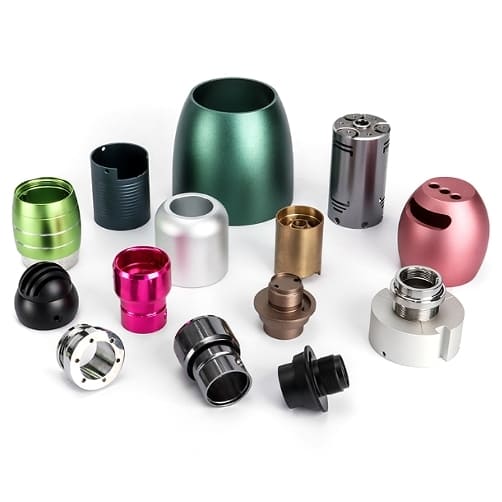What is 7075 Aluminum Alloy?
7075 aluminum alloy is widely regarded as one of the strongest aluminum alloys available, combining strength with lightness and corrosion resistance. But why exactly is it so popular in manufacturing and industries that require high-performance materials? Let’s dive deeper into the nature and benefits of 7075 aluminum to understand its importance.
7075 aluminum is a high-strength, lightweight material primarily made of aluminum, zinc, and small amounts of magnesium and copper. It’s prized for its ability to withstand heavy loads while maintaining relatively low weight.
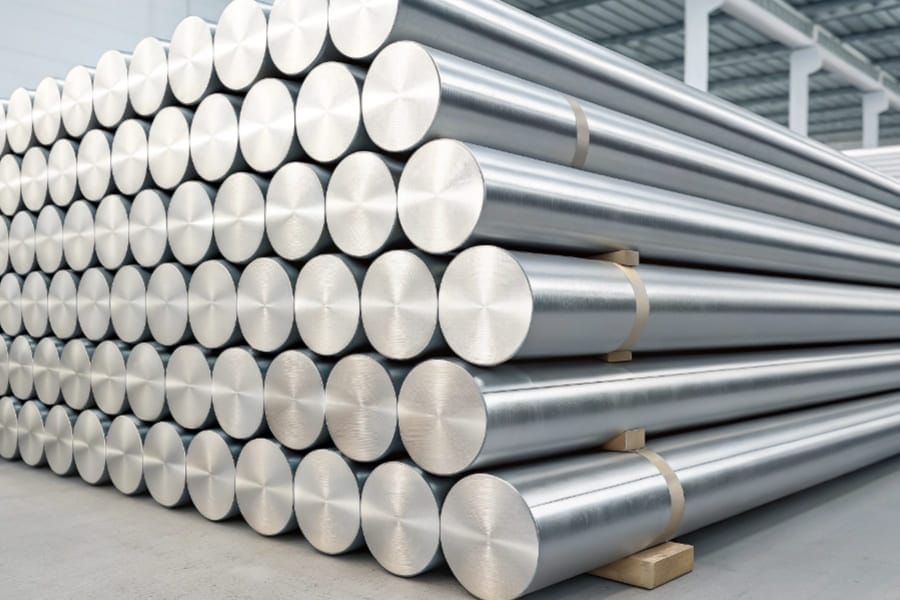
You might be wondering how 7075 aluminum is used or why it’s considered stronger than other materials. Let’s explore some common uses and characteristics in more detail.
What is 7075 aluminum used for?
When it comes to high-performance applications, 7075 aluminum is a top choice. Its strength-to-weight ratio1 and durability make it essential for industries that require reliability under extreme conditions. Let’s take a closer look at its most common uses.
7075 aluminum is commonly used in aerospace, military, marine, and high-performance automotive applications. Its strength makes it ideal for structural components such as aircraft wings, frames, and landing gears.

7075 aluminum is integral in the manufacturing of various components that demand both lightweight and high strength. For example, in the aerospace industry, it’s used for fuselage components, wings, and other structural parts due to its ability to resist high levels of stress. The material is also popular in military applications, including rifle receivers and tactical gear, where strength and performance are crucial.
Aerospace Industry
In the aerospace sector, the need for materials that are both lightweight and durable is critical. 7075 aluminum’s exceptional strength-to-weight ratio makes it a material of choice for components that need to endure the high-stress environments of aviation. Aircraft manufacturers use 7075 aluminum for parts like wings, fuselage frames, and landing gear due to its high Tensile strength2 and low density, allowing for both safety and fuel efficiency.
Military Applications
The military also takes advantage of 7075 aluminum’s toughness and reliability. It is used extensively in the production of military vehicles, structural components of combat aircraft, and even in small arms, such as rifle receivers. In addition, its resistance to corrosion ensures that military equipment can withstand harsh environments, whether in high humidity or exposed to saltwater.
Marine and Automotive Industries
In the marine industry, 7075 aluminum is used for manufacturing components like propeller shafts, hulls, and other structures exposed to harsh saltwater conditions. Its corrosion resistance and strength-to-weight ratio make it invaluable for ensuring the longevity and performance of ships and submarines. Similarly, in high-performance automotive applications, such as racing cars and motorcycle frames, 7075 is used to achieve maximum strength while minimizing the overall weight of the vehicle.
Is 7075 aluminum stronger than steel?
Steel is often regarded as one of the strongest materials, so how does 7075 aluminum compare? Can aluminum actually outperform steel in certain conditions? Let’s examine the strength properties of these two materials.
7075 aluminum is indeed strong for an aluminum alloy, but it’s not as strong as steel. Steel typically has a higher tensile strength and can withstand greater forces, although 7075 aluminum offers a better strength-to-weight ratio.
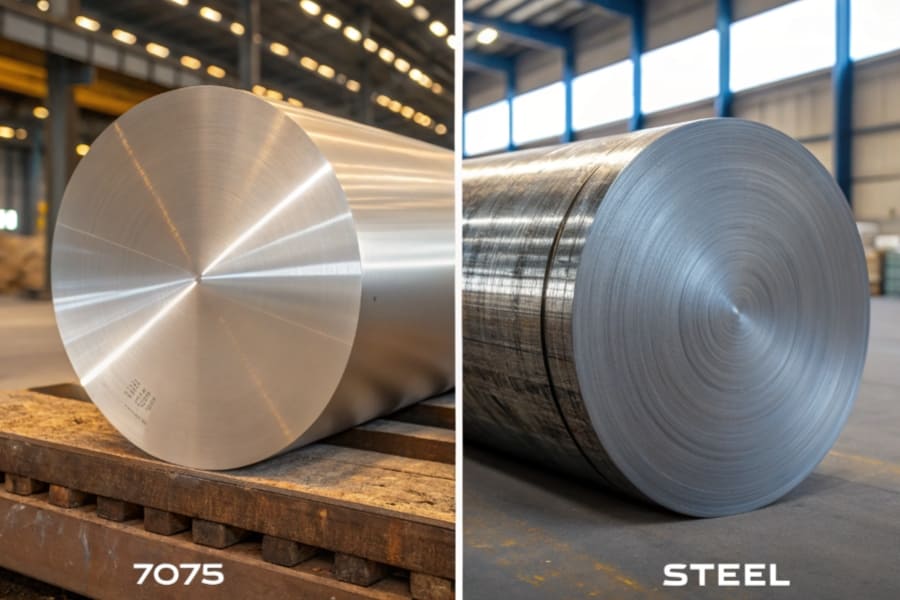
7075 aluminum’s strength is impressive, but steel remains stronger in many cases, especially when comparing tensile strength. However, the real advantage of 7075 lies in its lightweight nature, which allows it to be used in applications where reducing weight is crucial without sacrificing too much strength. The ability of 7075 to maintain high performance with less weight is particularly beneficial in industries like aerospace, where every pound counts.
Strength Comparison with Steel
| Property | 7075 Aluminum | Steel |
|---|---|---|
| Tensile Strength | High | Very High |
| Strength-to-Weight Ratio | Superior | Lower |
| Application | Aerospace, military, automotive | Heavy-duty machinery, construction |
While steel may surpass 7075 aluminum in tensile strength, the latter has a superior strength-to-weight ratio. This means that for applications where weight reduction is crucial—such as in aircraft or race cars—7075 aluminum is often the preferred material despite not being as strong as steel.
Applications Favoring Steel Over Aluminum
In applications where ultimate tensile strength is required—such as in some industrial machinery or heavy-duty construction—steel may be the better option. However, in applications where both strength and weight savings are equally important, such as in aerospace and military sectors, 7075 aluminum outshines steel due to its excellent balance of strength and lightness.
What is the machinability of aluminum 7075?
Machining 7075 aluminum can be a bit more challenging than working with other alloys due to its strength and hardness. But what does machinability really mean, and how does 7075 perform?
7075 aluminum is generally considered easy to machine, though it requires more advanced tools and techniques due to its hardness. High-speed steel or carbide tools are commonly used to process this alloy.
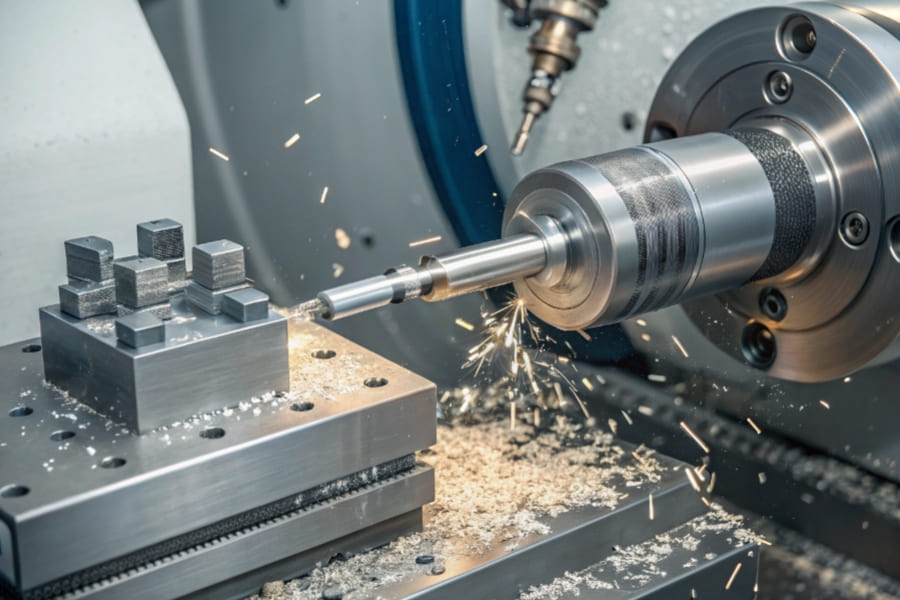
Machining 7075 requires some specific considerations. It can be processed using conventional methods like CNC machining, but the hardness of the alloy may cause faster tool wear. High-quality tools, proper cutting speeds, and coolant systems are recommended to maintain precision and extend tool life.
Considerations for Machining
| Machining Aspect | 7075 Aluminum | 6061 Aluminum |
|---|---|---|
| Tool Wear | High due to hardness | Moderate |
| Machining Speed | Slower | Faster |
| Tool Type | Carbide, High-speed steel | General-purpose tools |
Due to its high strength, 7075 aluminum can wear down cutting tools more quickly than softer alloys. To mitigate this, manufacturers often use carbide inserts and specialized cutting fluids to help cool the workpiece and prevent tool wear. Additionally, the high machinability of 7075 makes it a preferred choice for precision components, even though it demands more careful machining processes.
CNC Machining and 7075 Aluminum
CNC machining is one of the most common methods for processing 7075 aluminum. The precision provided by CNC machines ensures that intricate shapes and fine details can be achieved, which is critical for aerospace and defense applications. However, because of the alloy’s hardness, the programming and settings for cutting need to be optimized to achieve optimal results.
Which is better, 6061 or 7075 aluminum?
When choosing between 6061 and 7075 aluminum, it can be difficult to decide which is the better option. Each alloy has its strengths, but what’s the real difference between the two?
7075 aluminum is generally stronger and more suited for high-stress applications, while 6061 is more versatile and easier to work with, making it a better choice for general-purpose applications.
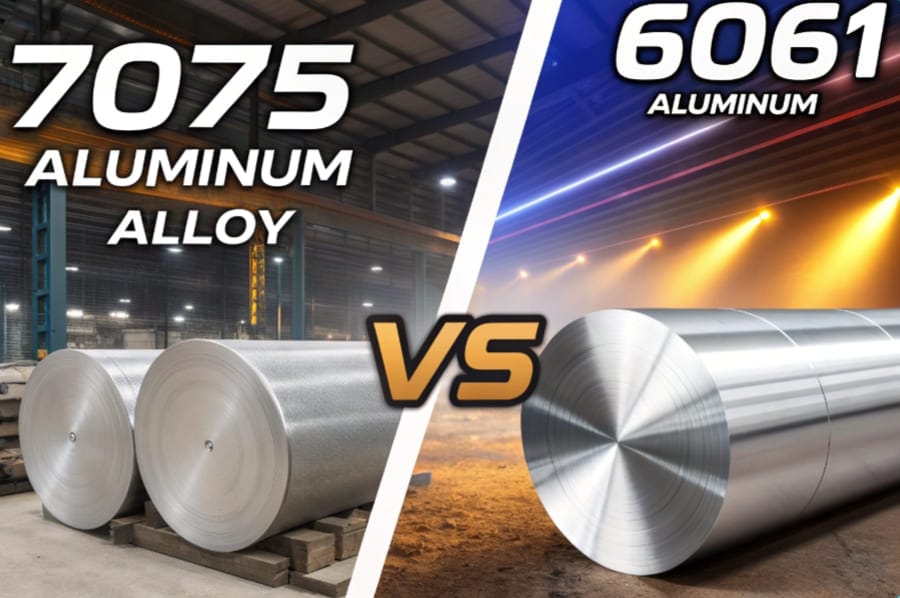
While 7075 excels in strength, especially in applications requiring heavy load-bearing, 6061 is more commonly used for general structural purposes. Its ease of machining and good balance of strength, corrosion resistance, and cost makes it a favorite in manufacturing and fabrication industries.
Strength vs. Versatility
| Alloy Type | 7075 Aluminum | 6061 Aluminum |
|---|---|---|
| Strength | Very High | Moderate |
| Versatility | Low | High |
| Machinability | Challenging | Easy |
7075 aluminum is perfect for applications where strength is paramount, such as in high-performance sports equipment or critical aerospace components. However, if the project requires a material that is easier to fabricate and still offers good strength and resistance to corrosion, 6061 may be the better option. The trade-off is that 6061 is not as strong as 7075, but it is more adaptable for a wider range of applications.
Cost Considerations
Cost is another important factor to consider. 7075 aluminum is more expensive than 6061 due to its higher strength and more complex manufacturing process. For applications that do not demand the extreme strength of 7075, 6061 provides a more cost-effective solution without sacrificing too much in terms of performance.
What are the disadvantages of 7075 aluminum?
While 7075 aluminum offers numerous advantages, it also has its drawbacks. It’s important to consider these limitations before choosing it for certain applications. Let’s explore the disadvantages.
The main disadvantages of 7075 aluminum include its high cost, limited weldability, and vulnerability to stress corrosion cracking. It can also be more difficult to machine compared to other aluminum alloys.
One of the biggest challenges of working with 7075 aluminum is its expense. Due to the complex alloying process, 7075 tends to be pricier than many other aluminum alloys. Additionally, it is prone to stress corrosion cracking under certain conditions, which makes it unsuitable for some environments without proper treatment or precautions.
Stress Corrosion Cracking
Stress corrosion cracking (SCC)3 is one of the primary concerns when using 7075 aluminum, particularly in environments where it is exposed to moisture or other corrosive elements under tension. Special treatment and careful environmental control are needed to prevent SCC, which limits its use in some applications.
Difficulty in Machining
The hardness of 7075 aluminum also presents challenges in machining. It requires more advanced tools and techniques than alloys like 6061, and there is a risk of rapid tool wear. As a result, it is more expensive to work with, making it less cost-effective for some projects.
Why is 7075 so expensive?
You’ve likely noticed that 7075 aluminum is relatively expensive. But what makes it so costly compared to other aluminum alloys? Let’s break down the factors contributing to its high price.
7075 aluminum is expensive due to its complex manufacturing process, high strength properties, and the use of specialized materials like zinc and magnesium in its production.
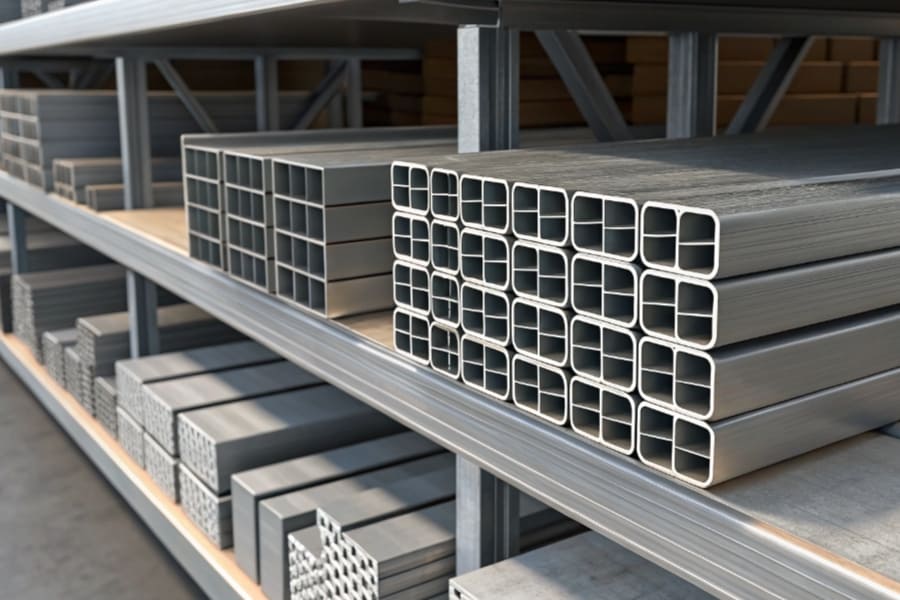
The cost of 7075 aluminum is largely driven by its raw material requirements and the intricate processes involved in producing the alloy. The higher strength and performance characteristics come at a premium, making it one of the more expensive choices on the market.
Raw Material Costs
The alloying elements used in 7075 aluminum—such as zinc and magnesium—are expensive to source and refine. The cost of these elements, combined with the complex production process, significantly raises the overall cost of the material.
Manufacturing and Processing
Additionally, the production of 7075 aluminum requires precise manufacturing methods to ensure the desired mechanical properties. These methods, such as solution heat treatment and aging, add to the overall cost of the material.
Why can’t you weld 7075 aluminum?
Many engineers and manufacturers wonder why 7075 aluminum is difficult, if not impossible, to weld. Let’s understand why welding this alloy can be challenging and what alternatives exist.
7075 aluminum is difficult to weld due to its high strength and composition. The material becomes prone to cracking and distortion when exposed to high heat. Specialized techniques like friction stir welding may be used in some cases.
Welding 7075 aluminum requires specialized techniques because its high strength and alloying elements make it susceptible to cracking during the heat-affected zone. For this reason, many prefer to avoid welding and opt for mechanical fastening or other joining methods.
Friction Stir Welding
One of the few methods that allow welding of 7075 aluminum is Friction stir welding (FSW)4, a solid-state joining process. FSW involves a rotating tool that generates heat and causes the material to soften without melting. This technique is highly effective for aluminum alloys like 7075, which would otherwise be prone to cracking during conventional welding.
Alternative Joining Methods
Instead of welding, engineers often turn to alternative methods such as riveting, bolting, or adhesive bonding. These methods avoid the issues of heat distortion and cracking while still achieving a strong and reliable bond.
Is 7075 aluminum brittle?
Brittleness in materials can lead to failure under stress. Does 7075 aluminum exhibit brittleness, or is it more durable and resilient under pressure? Let’s take a closer look at its behavior.
7075 aluminum is not typically considered brittle, but it can become more brittle at lower temperatures or after certain heat treatments. In general, it remains strong and tough under normal conditions.
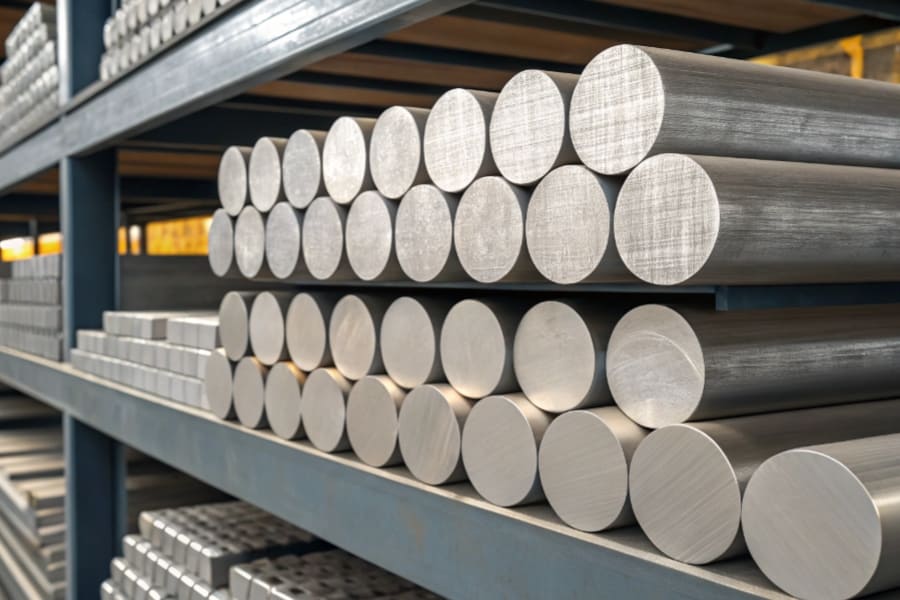
While 7075 aluminum is strong and tough, it may experience some brittleness when subjected to extreme conditions, such as very low temperatures or improper heat treatment. Proper handling and heat treatment are key to maintaining its desired properties.
Temperature Sensitivity
At lower temperatures, 7075 aluminum may experience reduced ductility and become more prone to brittle failure. This is particularly important in industries like aerospace, where components may be exposed to very cold environments. Proper heat treatment and design considerations are essential to ensure the material maintains its toughness in these conditions.
Can you bend 7075 aluminum?
Can 7075 aluminum be bent, or does its strength make it too rigid to manipulate easily? Let’s explore its formability and bending characteristics.
7075 aluminum can be bent, but it requires more force compared to other aluminum alloys due to its strength and hardness. Cold working5 is often used to bend the material.
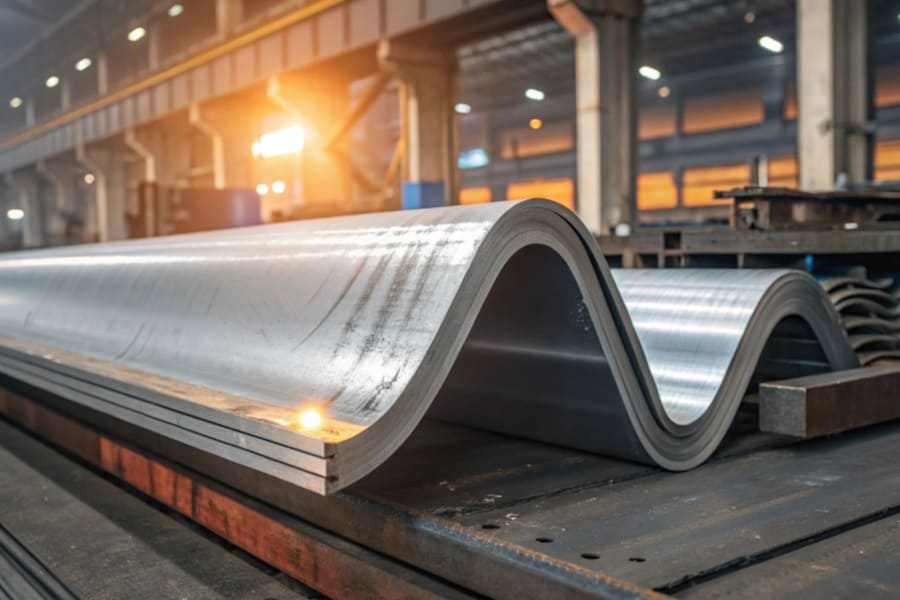
Bending 7075 aluminum is possible but requires more effort than bending alloys like 6061 due to its increased strength. Cold working is typically employed for bending, but care must be taken to avoid stress cracks or distortion during the process.
Cold Working Techniques
Cold working is the primary method used to bend 7075 aluminum. This process involves applying force to the material at room temperature, causing it to bend without heating. Care must be taken to ensure the material doesn’t crack during the bending process, especially with 7075’s higher strength.
Why is aluminium 7075 used in aircraft?
Aircraft components require materials that can withstand significant stress, fatigue, and environmental factors. Why is 7075 aluminum such a popular choice in the aerospace industry?
7075 aluminum is used in aircraft due to its exceptional strength-to-weight ratio, resistance to corrosion, and durability under extreme conditions. It is ideal for parts that need to perform under high stress, such as wings and fuselages.
In the aerospace industry, weight reduction is as critical as strength. 7075 aluminum provides the perfect balance, offering lightweight strength that enhances fuel efficiency while maintaining the necessary durability for high-performance parts.
Aerospace Design Considerations
For aerospace engineers, the combination of high strength, low weight, and resistance to environmental stress makes 7075 aluminum an ideal material for critical components such as wing spars, fuselage beams, and landing gear. The material’s ability to perform under both tensile and compressive stress while minimizing weight contributes to the overall safety and performance of the aircraft.
Conclusion
7075 aluminum is a powerful, versatile material known for its strength and lightness. It plays a key role in industries requiring durability, precision, and performance, especially in aerospace, military, and high-performance applications.
-
Understanding this ratio is crucial for engineers looking to choose the right material for high-performance applications where weight is critical. ↩
-
Knowing the tensile strength gives a better understanding of its capability to perform under extreme conditions. ↩
-
Stress corrosion cracking (SCC) is a major concern for materials used in high-stress and corrosive environments. ↩
-
Friction stir welding (FSW) is a specialized technique used to join 7075 aluminum without melting it. ↩
-
Cold working is a process used to bend or shape without heating it. This link explains how the process works and its importance in fabricating components from this strong alloy. ↩
